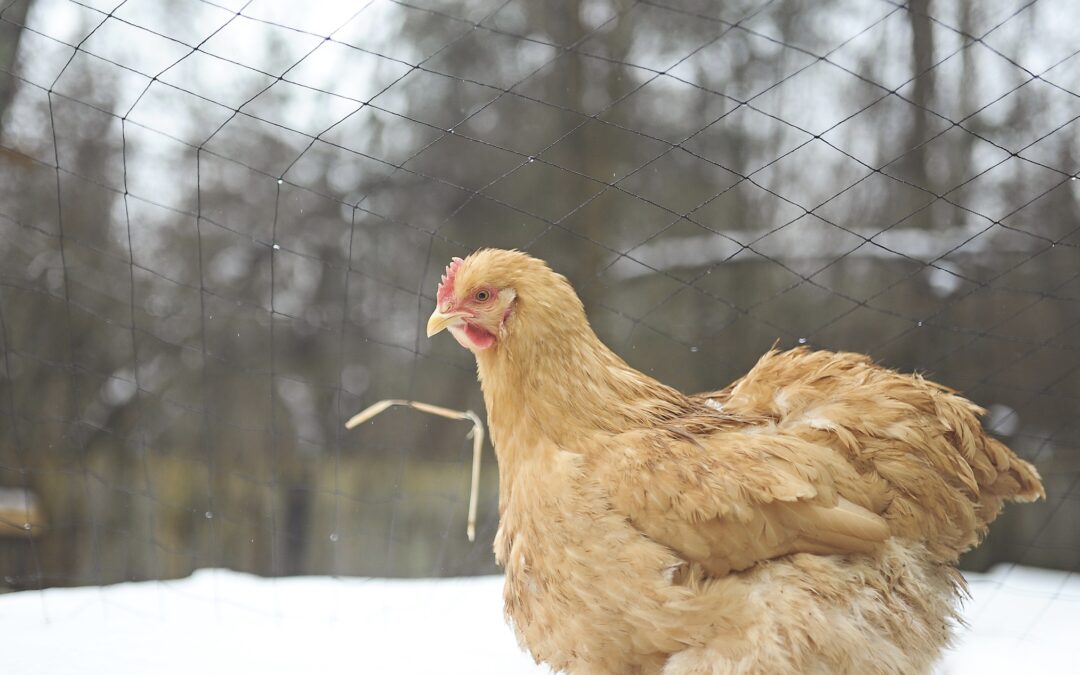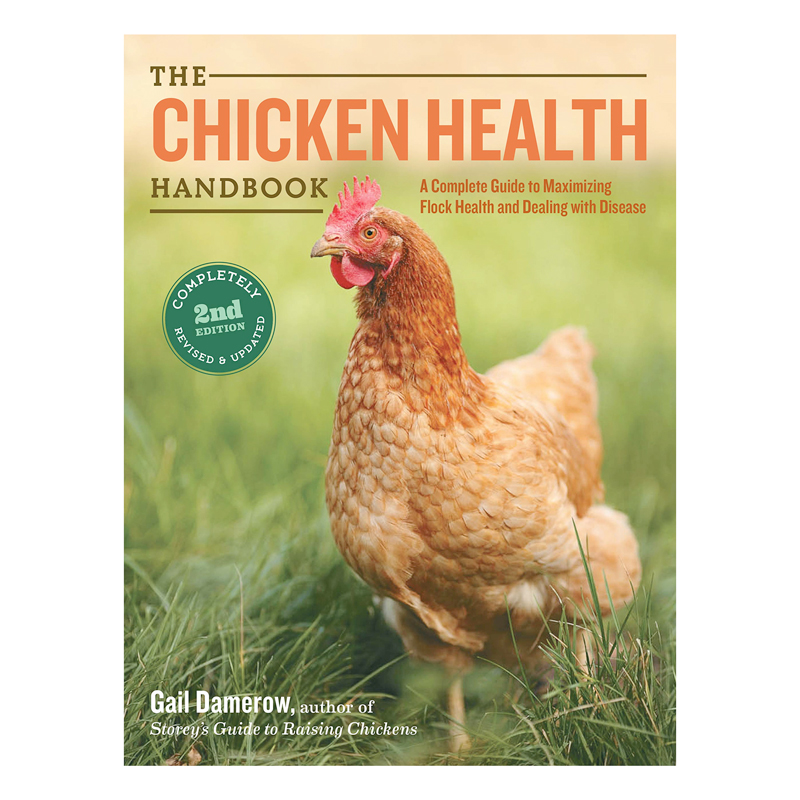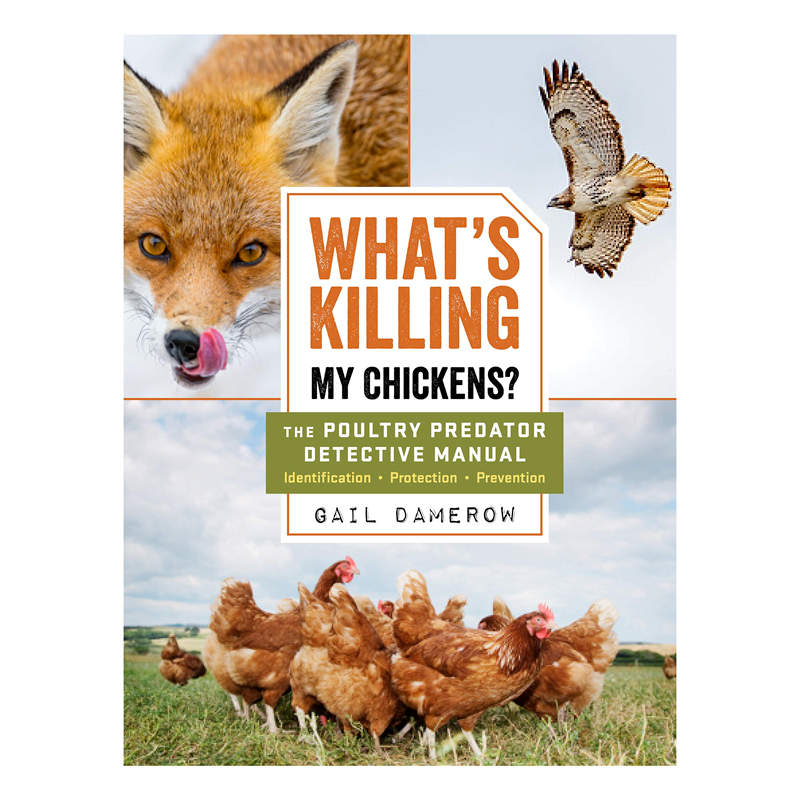When winter weather turns cold, chickens can suffer from frostbite. Continuing our interview series with Gail Damerow, poultry expert and best-selling author, we ask her for recommendations on how to treat and prevent frostbite in chickens.
How does frostbite occur?
“Frostbite occurs when fluid freezes in the cells of the comb, wattles, or toes, depriving the cells of oxygen. If the period of freezing is brief, the affected part may recover. But, if the frostbitten part doesn’t thaw quickly, the cells die and may become infected,” Damerow explains.
“Chickens are most susceptible to frostbite when they live in damp, drafty conditions during freezing weather. Although relative humidity tends to be low in winter, the air inside a coop can be humid from the chickens breathing and pooping. A temperature that’s low enough to freeze moisture in the air can cause frostbite,” she warns.
How frostbite be prevented?
“The first thing is to winterize the coop and reduce the coop’s humidity by maintaining dry litter on the floor. Providing good ventilation is key. Deep sand as litter makes fresh droppings easy to rake off daily. It also retains daytime heat to keep the coop somewhat warmer at night.
“For ventilation, you want a steady air exchange that removes stale air and brings in fresh air. But, unlike a draft, good ventilation doesn’t necessarily stir up a breeze. A practice that provides good ventilation without draftiness is to have windows and air vents higher than the roosts,” she advises.
“Not keeping chickens indoors all day helps reduce humidity. They should be able to come and go as they please, and actually may prefer to be outdoors despite the cold. That’s especially true if they have access to a sunny spot away from wind,” notes Damerow.
“Frostbitten toes are unlikely when the chickens have places to rest with their feet off a frozen surface. Roosts constructed from 2×4 lumber with the wide surface facing upward allow chickens to sleep with their feet covered by their bodies. When roosts are close to the coop ceiling, the ceiling traps warmth from the chicken’s bodies.”
What about providing a heater?
“When coop humidity is under control, most of the time a heater is unnecessary. And routinely using a heater interferes with the chickens’ ability to acclimate to the cold,” Damerow cautions.
“However, sometimes the temperature drops so fast the chickens don’t have time to acclimate. Or the temperature remains at or below 25°F for an extended period of time. In those cases, chickens may have trouble maintaining a viable body temperature and could benefit from a heater.”
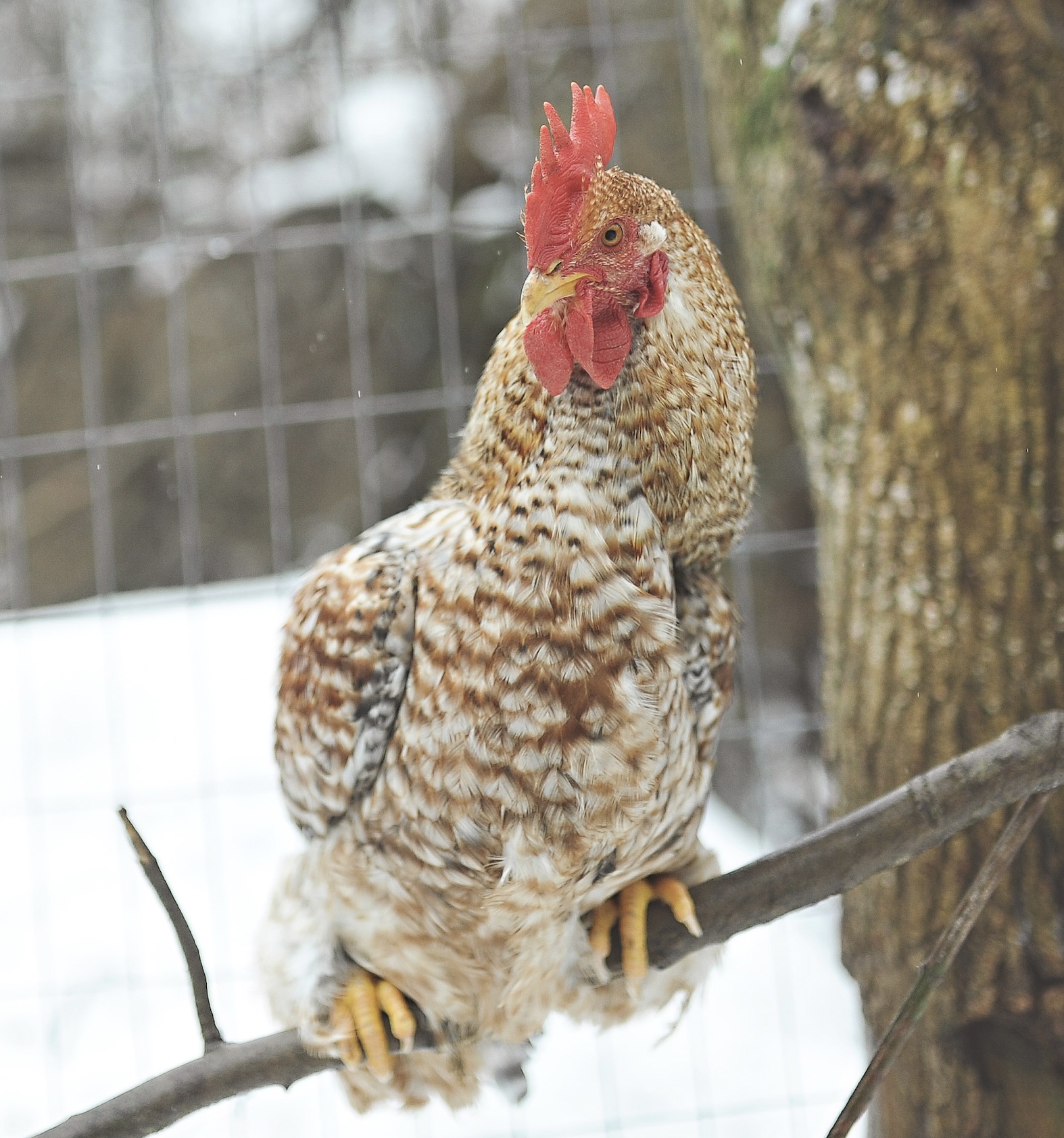
Does coating combs with Vaseline work?
“That depends on how low the temperature drops and for how long. Vaseline, or any other petroleum jelly, prevents the dissipation of heat from the coated comb and wattles. And the coating insulates the comb from moisture and thus from freezing.
“Also, Vaseline freezes at a slightly lower temperature than the cell fluid in a comb or wattles. It therefore protects these parts from freezing at temperatures hovering around 32°F. However, if the temperature goes lower, especially for a prolonged period, petroleum jelly will freeze and therefore fail to prevent frostbite,” she states.
How should frostbite be treated?
“One of the first signs of frostbite is pale, gray, or white tips of the comb and around the edges of the wattles, and reddening of the feet or toes. If these parts are still frozen, gradually warm them,” Damerow advises.
“To thaw a frozen comb or wattle, dampen a cloth in 100°F warm water and carefully apply it for 15 minutes, rewarming the cloth as needed. For a foot, place the foot in 100°F warm water for 20 minutes.
“Never use a heat lamp, heating pad, or other form of direct heat. Warming frostbite too rapidly increases the pain. And never rub the affected area, which increases the tissue damage,” she warns.
“After the part has thawed, gently apply a water-based wound treatment. A spray such as Vetericyn Poultry Spray is easy to use without applying pressure.
“Isolate the bird in a clean, warm facility with soft bedding. Use feeders and drinkers that won’t rub against the healing comb and wattles. You want to give the chicken time to heal away from pecking flock mates.”
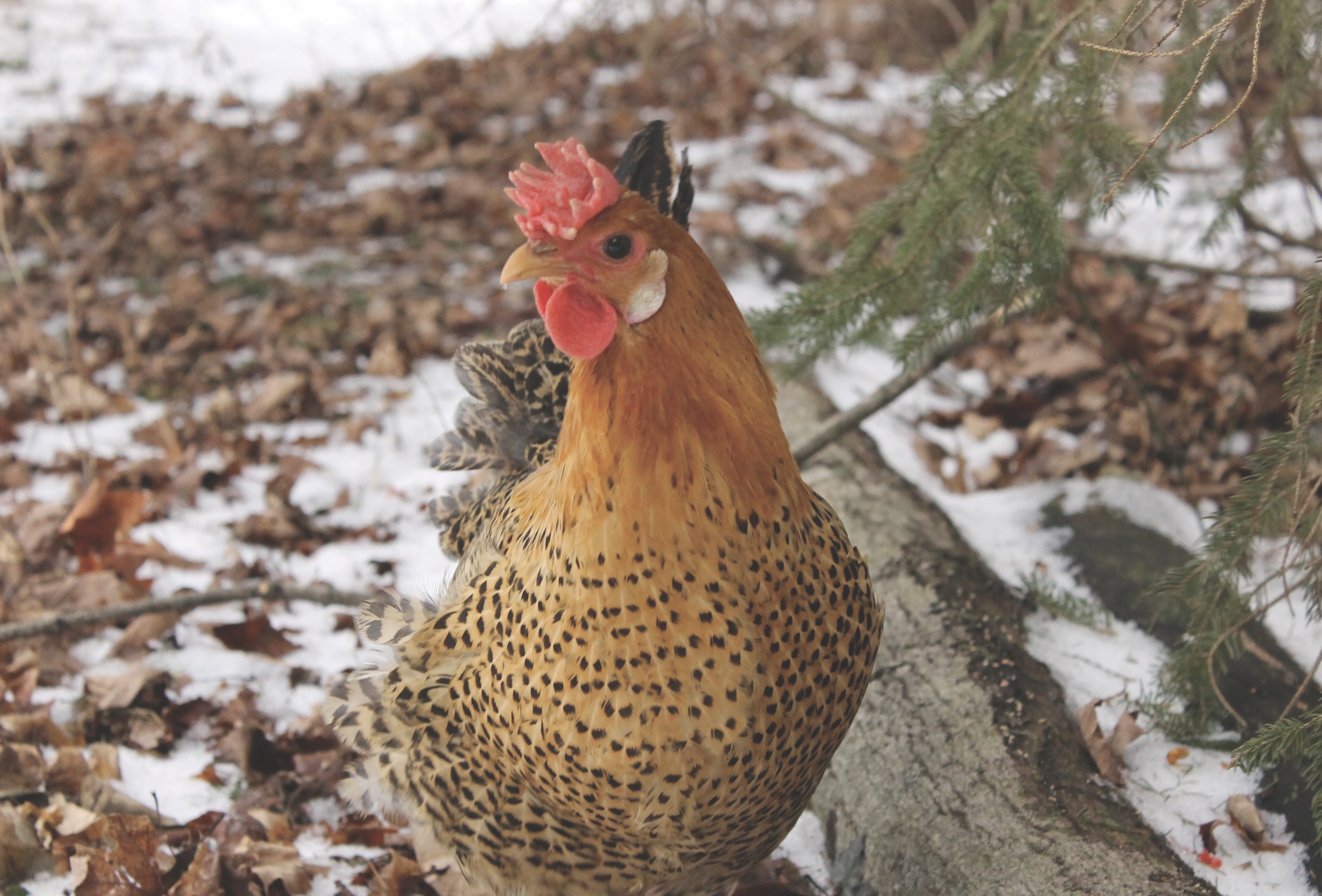
What if you don’t discover frostbite right away?
“Most of the time, frostbite is discovered after the frozen part has already thawed and is swollen and painful. In that case, coat the part with a water-based spray and isolate the chicken.
“A bird that loses interest in eating and other normal activities is likely in pain. Aspirin can help. Open the beak and pop in a low-dose (baby) aspirin daily, until the swelling subsides and the chicken perks up. That usually takes about three days.
“After the swelling goes down, the skin may peel. The comb may itch and remain sensitive to cold for a while. Scabs and blisters may develop. The tissue may turn black as it dies, called dry gangrene, and eventually slough off. Do not pop blisters or remove blackened tissue,” she advises.
“Infection, or wet gangrene, can be serious and life-threatening. A sign of infection is bad-smelling fluid leaking from a comb or wattle that isn’t healing. At that point, you may want to consult a veterinarian about surgery. Be sure to isolate your chicken if you suspect infection,” says Damerow.
Do you have any other tips for preventing frostbite?
“Yes. These days, a lot of backyard chicken keepers opt for inexpensive, uninsulated coops that don’t hold heat well. Small plastic coops are one example.
In addition to being inadequately constructed for cold weather, such coops hold too few chickens to generate enough heat to keep each other warm. Chickens that live in a prefab portable coop should be moved — coop and all — into a garage or other protective outbuilding during frostbite weather,” Damerow advises.

Gail Damerow has been keeping chickens for nearly 50 years and has written several books about them including Storey’s Guide to Raising Chickens, The Chicken Health Handbook, The Chicken Encyclopedia, Hatching and Brooding Your Own Chicks, and What’s Killing My Chickens. For more about Ms. Damerow, visit her blog at GailDamerow.com.
Gail Damerow’s headshot courtesy of Kathy Shea Mormino.
Featured photo of a Buff Cochin and photo of a Bielefelder courtesy of Cassandra Haring.
Photo of a Buttercup courtesy of Vera Ting.

